Industries We Serve
Selecting the right PPE is crucial for your workforce’s safety. At NSA, we offer a wide range of safety apparel tailored to the unique demands of each industry and application. Whether it’s electrical Safety, FR clothing, thermal gear, or military and government FR apparel, our products are designed to meet the toughest challenges. With our unique ability to serve multiple applications and industries, you can trust us to deliver the right PPE for your specific needs, keeping your workforce protected in any environment.
INDUSTRIAL

Manufacturing

Utilities

Construction
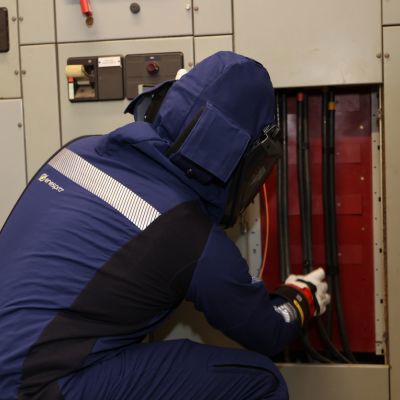
Electrical Contractors

Welding
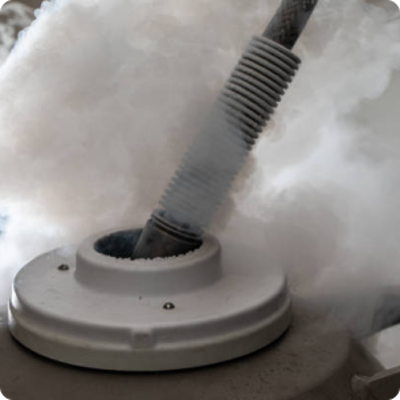
Cryo

Power Generation
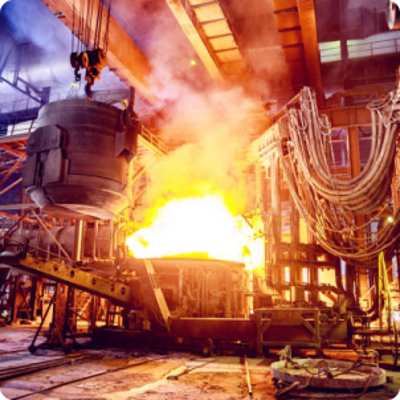
Molten Metals

Oil & Gas
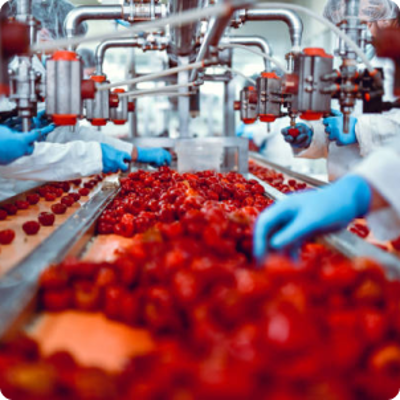
Food Processing
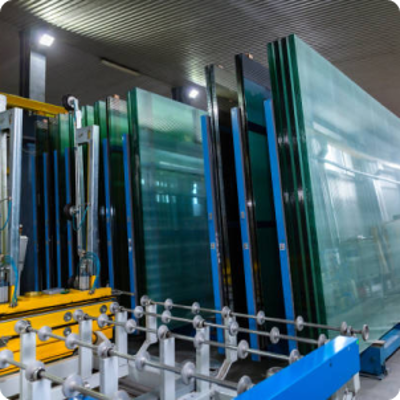
Glass Manufacturing
DEFENSE

Military

Government

stay in the loop.
Sign up for our emails to be the first to know about exclusive product offerings
and all things NSA.










